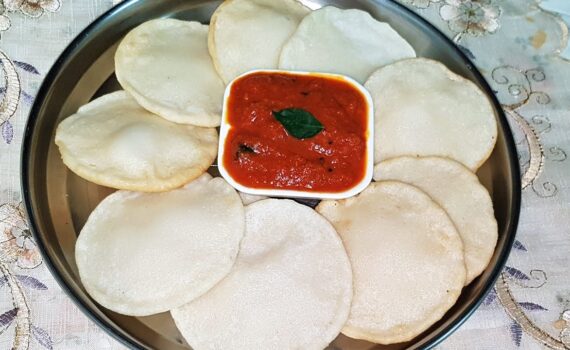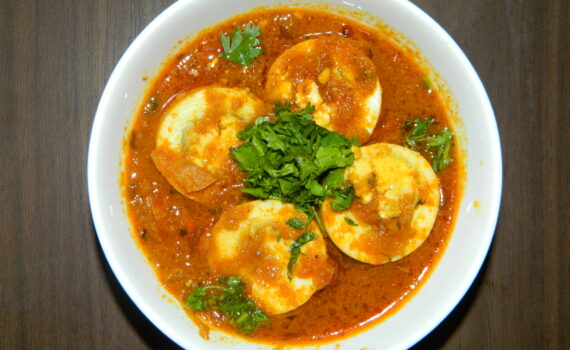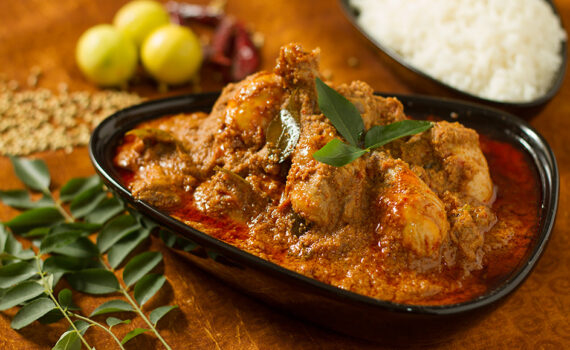TABLE OF CONTENTS
- What Exactly Is a Real Estate Agent?
- What Exactly Is a Realtor?
- Administrative Responsibilities of a Real Estate Agent
- Lead Generation in Real Estate
- Collaboration with Real Estate Sellers
- Working with Buyers of Real Estate
- Tours and Meetings
- Certifications, Continuing Education, and Designations
- Purchasing Real Estate During COVID-19
- In conclusion
One of the most tempting parts of working as a real estate agent in karaikudi is that no two days are the same. Agents meet new people, visit new places, and adapt to the changing needs of buyers and sellers, which often necessitates a last-minute shift in gears.
While there is no such thing as a typical day for a real estate agent, there are a few things that most agents perform on a daily basis. Here’s an example of a typical day in the life of a real estate agent karaikudi.
KEY TAKEAWAYS
- Real estate agents are licensed to assist clients in the purchase, sale, and rental of homes and other assets.
- Every day is spent on active, income-generating labor as well as the administrative paperwork that comes with the position.
- A typical day can include time spent in the office, meetings with clients, staging and showing homes, and scheduling appraisals and inspections.
- Other responsibilities include generating leads, conducting research, marketing, and accompanying customers to property closings.
What Is a Real Estate Agent?
Real estate agents assist people in the purchase, sale, and rental of homes, land, and other properties. Because there is no nationwide real estate license, agents must meet the licensing criteria of their respective states.
While state requirements differ, all aspiring agents must complete a pre-licensing course at a recognized real estate school, take (and pass) their state exam, activate their license, and join a real estate agency.
That last sentence is crucial. Agents must work for and under the supervision of a licensed broker, who guarantees that all agents in the business follow all real estate laws and regulations.
Some agents advance to the level of a broker, which necessitates more schooling and experience. Brokers often have additional duties, the ability to work autonomously, and the ability to employ agents to work for them.
What Is a Realtor?
Many people use the terms Realtor, real estate agent, and broker interchangeably, but they are not interchangeable. Agents and brokers are licensed differently, and only brokers can work independently.
Agents and brokers can still use the title Realtor, but they must be active members of the National Association of Realtors (NAR). The most significant distinction between a Realtor and an agent or broker is that Realtors are members of the NAR and adhere to the NAR’s stringent Code of Ethics.1
Real Estate Agent Administrative Duties
So, what does a normal day in the life of a real estate agent entail?
Agents are responsible for a wide range of everyday tasks and obligations, including lead generation and marketing, as well as open houses and property closings. Nonetheless, many agents begin their days by catching up on administrative work, so they may:
- Answer messages, emails, and phone calls
- Real estate documentation, agreements, and leasing records must be processed.
- Appointments, showings, open houses, and meetings must all be coordinated.
- Create and distribute promotional items such as flyers, newsletters, classifieds, and other promotional materials.
- Make monthly, quarterly, and annual budgets for your business.
- Create marketing plans for your listings.
- Client databases should be updated.
- Listings should be researched in order to create comparative market analysis (CMA) reports.
- Websites and social media profiles should be kept up to date.
Because administrative work can be time-consuming, many agents hire an assistant to assist them on a daily basis. This enables the agent to make better use of their time and, as a result, be more productive.
Real Estate Lead Generation
There would be no transactions and no commissions if there were no buyers and sellers. Client acquisition is critical to an agent’s success.
A real estate sphere of influence (SOI) strategy, which focuses on generating leads through people the agent already knows, is one technique to create contacts. Family, friends, neighbors, classmates, work associates, and social acquaintances are examples of such people.
Everyone sells, buys, or rents a home at some point in their lives, which implies that every individual an agent encounter is a potential client. A typical day for a real estate agent entails interacting with a large number of individuals, handing out business cards, and keeping track of contact information for an expanding network. After the initial contact, agents follow up with phone calls, emails, regular mail, or text messaging to keep their names fresh in the minds of their potential clients.
Working With Real Estate Sellers
Afternoons are frequently spent working directly with (or on behalf of) clients, assisting them in navigating what is usually a quite complex process.
“Clients are frequently making their most critical financial choice to date,” says Todd Kaderabek, a residential broker associate with Beverly-Hanks & Associates Realtors in Asheville, North Carolina. “Purchasing a home is a significant financial investment. Selling a property represents a significant investment opportunity. It is critical that there are no surprises following the closing.”
Of course, real estate brokers often represent only one side of a real estate transaction, either working with sellers or purchasers. Seller’s agents (also known as listing agents) assist customers in locating ready and willing purchasers for their properties. A seller’s agent might do the following on any given day:
- Meet with prospective clients
- Set your listing prices.
- Make listing presentations.
- Take digital photos of the properties.
- Property listings on the market (including entering them into the local multiple listing service [MLS])
- Make suggestions for property improvements.
- Homes should be staged so that they look their best.
- Organize open homes
- Prospective buyers must be vetted.
- Negotiate the sale’s various components.
Working With Real Estate Buyers
Buyers’ agents locate properties that meet their clients’ needs and price range. A buyer’s agent might do the following on an average day:
- Examine the local MLS for suitable properties.
- Scout houses are available both online and in person.
- Provide clients with information about the local area and home market.
- Send out adverts to prospective buyers
- Display properties
- Ascertain that consumers are pre-approved for a mortgage.
- Submit offers and negotiate on behalf of the buyer.
- Arrange for home appraisals and inspections.
- Clients should be guided through the contracts, agreements, and other documentation.
- Accompany customers to inspections, loan meetings, closings, and other events when their attendance is required or desired.
Working with purchasers takes extra time because there are so many possibilities in the local real estate market.
“It takes a lot of time on the buying side,” adds Kaderabek. “We have several ways for narrowing buyer criteria, which is honestly more beneficial to purchasers than it is to us. Concentration is essential. You’re not going to locate the ideal home. Let’s look for the 95% residence. Managing FOMO [fear of missing out] is a struggle as well. There will always be another house.”
Meetings and Tours
Real estate agents often work out of an office with other real estate agents and brokers because they work for designated brokers. Regular office meetings allow agents to communicate new listings, keep other agents up to date on pricing adjustments, and discuss buyer needs—all of which can assist agents to match buyers and sellers.
Some agents go on MLS tours to see a number of new properties each week or month. Because they have viewed the properties firsthand and can provide specific information with purchasers, this can assist agents to narrow the search for a buyer.
Similarly, an MLS tour can be advantageous to agents dealing with sellers. It may be easier to identify a good listing price for the seller’s home after viewing the competition.
Continuing Education, Certifications, and Designations
Karaikudi Real estate agents must be licensed in the state where they conduct business, and they must acquire continuing education credits to keep their license active.
Most agents also pursue real estate licenses and designations in order to strengthen their credentials and marketability. Although obtaining and maintaining a license, certification, or designation is not a part of an agent’s daily routine, it can be part of a larger strategy to increase skills, competency, knowledge, and marketability.
Real Estate During COVID-19
During the spring of 2020, the COVID-19 epidemic had a tremendous impact on the residential real estate market in the United States. According to a report from the Federal Reserve Bank of St. Louis, “many metro regions suffered a noticeable reduction in home sales due to health concerns, stay-at-home orders, and economic uncertainty.”2
In April and May of 2020, home sales fell to their lowest levels since the start of the financial crisis in 2007. However, by the summer, home sales had recovered, with several localities witnessing a startling surge.
Real estate brokers, like everyone else, have had to adjust to ever-changing conditions.
“Initially, COVID shut us down, so it was a major change,” Kaderabek explains. “The business lobbied for [real estate agents] to be designated as critical workers, and we are appreciative for that effort. Both buyers and sellers sign a declaration saying if they have been beyond the area or had contact with people suffering from symptoms. Sanitation stations are installed in our listings, everyone wears masks, and gloves are now optional but given. All of that being said, we had the most successful year in the company’s history—and that comes on the heels of a record-breaking 2019.”
The Bottom Line
Real estate agents divide their time between administrative tasks and revenue-generating activities. In general, agents can anticipate spending time at the office, meeting with clients, showing homes, and negotiating on their clients’ behalf on any given day.
Nonetheless, most agents have a vast and varied list of daily chores and responsibilities that might alter at any time. As a result, there may be no such thing as a regular day in the life of a real estate agent, which is a part of the profession that many agents enjoy.
It’s all about working with clients for Kaderabek. “Without a doubt, seeing buyers in their new house is the most fulfilling. Also, sellers are overjoyed when they are handed a payment at closing. This company’s motivation is to make people happy.”



